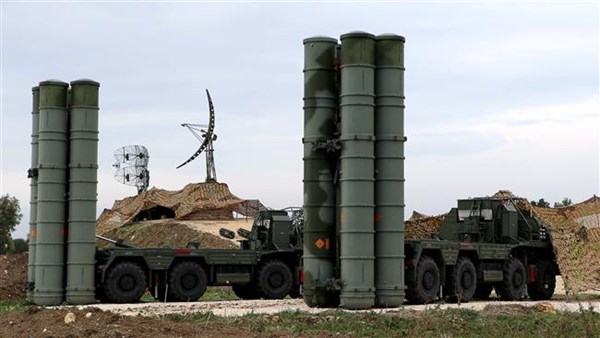Moscow: foreign customers lining up for Russian weapons after Syrian operation
After an operation in Syria, foreign customers have been lining up to file orders for military products manufactured by the United Shipbuilding Corporation (USC, the Russian Federation), company’s President Aleksey Rakhmanov stated during an interview on the Echo of Moscow radio station.
“After the Syrian campaign we have a line of customers,” Rakhmanov said. “We’ve been able to demonstrate the efficiency of the weapon and people started to take it seriously,” the head of the military production company said, noting he could not reveal more details.
According to the company’s CEO, “after people saw how it all works” his company was able to “re-start a dialogue with most of our partners on a completely new page.”
In addition to the old admirers of the company’s products, the corporation managed to attract new customers who previously looked at the Russian product “with a certain degree of skepticism.” Currently the company was in the process of negotiating contractual terms of sale of certain types of weapon with its customers, the USC head said.
Rakhmanov declined to name concrete figures. “We always voice this one figure: that the value of the USC’s backlog for the next 15 years exceeds a twelve-digit number in Russian rubles (RUB 1 trillion),” he said.
In addition, the USC head said that in 2018, Russia was to produce the first robotic systems capable of following a course without direct participation of a human. After several years, he said, Russia would be able to build ships that will not only keep their course but also will be able to dock without human involvement. “I think, the first such ships and vessels will appear in five years,” Rakhmanov said, adding that one such boat had already been set afloat and was undergoing testing.
In August 2017, Russian Deputy Minister of Defense, Yuriy Borisov, at the Army 2017 forum said that during the Syrian campaign, the Russian military tested “virtually all new models” in real combat environments. According to Borisov, more than 600 items of armament were tested in Syria to “see and confirm its real combat characteristics.”
The new munitions tested during the campaign included means of engagement, multiple rocket launchers, armored vehicles, modern combat gear, and fighting aviation. At the same time, Borisov noted, a number of items had not endured real combat operations and the company had to withdraw them from production.
In February 2017, experts of the Stockholm International Peace Research Institute published a study that stated that in 2012-2016 the world’s volume of arms sales reached a peak in comparison to similar five-year periods during the Cold War era. The arms supplies grew by 8.4% over the previous five years.
According to the study, Russia retained second place in the ranking of world arms exporters (23%) traditionally letting the United States top the list. Those two countries account for more than a half of all arms trades in the world.
